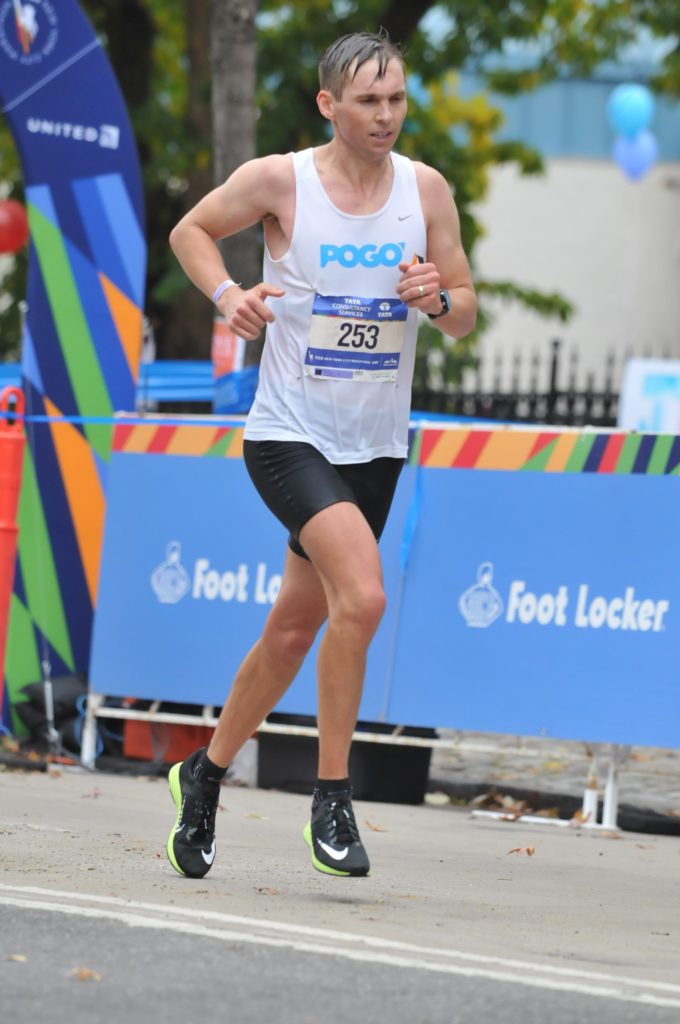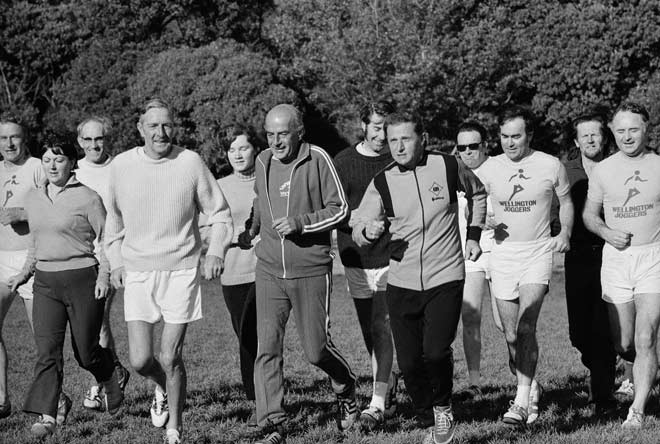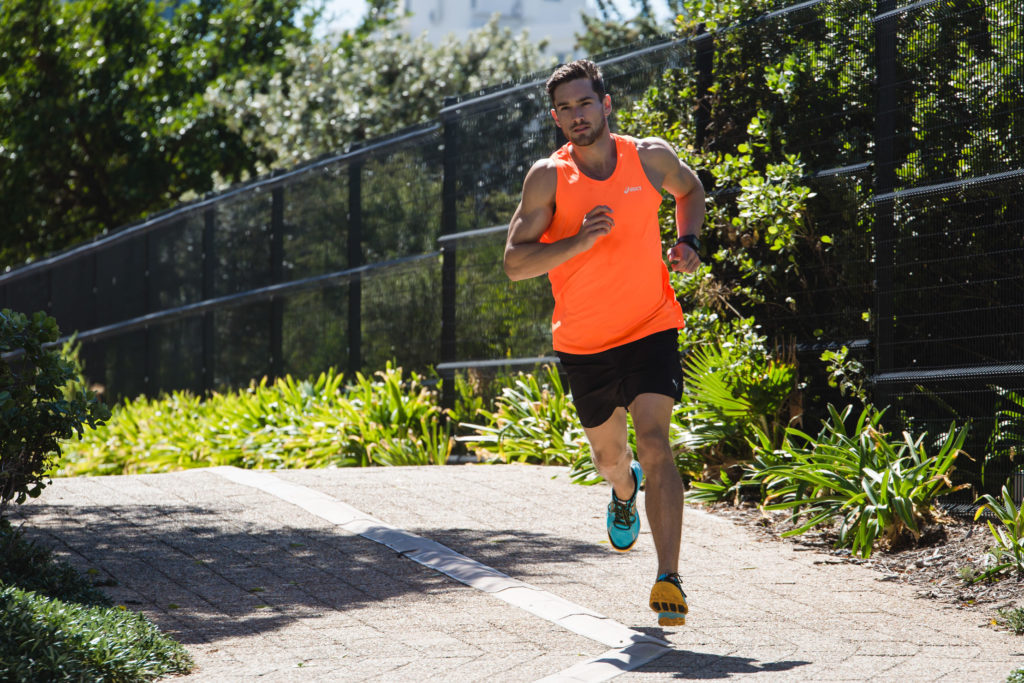Marathoner and founder of Gold Coast based physiotherapist group POGO Physio, Australian Brad Beer is an advocate of runners doing most of their training runs at a slower pace.

Many runners run at too fast a pace or intensity.
Most runners train too fast
Brad feels that most recreational runners are doing their easy runs at a faster pace than intended.
In fact, he admitted that he used to be guilty of this mistake himself too – but with his increase in speed being the result of running with friends or a group where the pace builds as a result of runner egos and competitive streaks taking over.
However other runners may end up running too fast because they believe that they need to be running at a high intensity to get faster or that if they are completing quality sessions at a fast pace, there is no need to log so called junk miles at a slow pace.
But according to science, it is not the slow kilometres that are junk miles but rather, the kilometres run at a moderate pace that is neither slow nor fast.

Brad Beer, marathoner and physio.
Running slow does not come naturally to most people
As well, running too much at a faster pace may not harm you in the short term, but over time, it will lead to the onset of injuries, if the practice is continued over months or years. Unfortunately running slow does not come naturally to most runners though and as a result, many do not realise that they are running at a moderate intensity rather than a low intensity.
This is possibly due to the task oriented nature of many recreational runners, who wish to get their job done as quickly as possible and inadvertently think along the lines of covering a specific distance rather than running for a certain number of minutes as being the fastest way to achieve a running goal.
Slow running has its roots in New Zealand
Slow running has its roots in New Zealand in the 1960s, with Kiwi coach Arthur Lydiard revolutionising the running scene with his mostly slow coaching method during that period.

Arthur Lydiard trains a running club in Wellington.
Lydiard believed that the key to maximum fitness was lots of slow running and that endurance was the limitation in running and training programmes. Instead training programmes should emphasise endurance building, according to Lydiard.
Through trial on error, Lydiard found that speed work helped when it was sprinkled lightly on top of a large base of slow running. This led to the 80 per cent slow, 20 per cent fast training approach.
Following Lydiard’s success at the 1960 Rome Olympics, many elite athletes today have trained with this same approach to running, including the East Africans who are dominating the sport of marathon and distance running.
For example, Bill Rodgers in the 1970s ran about 120 miles per week and Mo Farah today runs a similar weekly mileage and both of them do 80 per cent of their running at a low intensity. This proves that the 80 – 20 per cent rule to running is not a fad but rather, it is here to stay.
Slow running can help runners to log more mileage and reduce injuries
Beer believes that if more recreational runners adapt to this approach to running, this will help them to log higher mileage while producing gains and reducing the likelihood of injuries. This also results in a runner improving his or her aerobic capacity and being able to maintain the same speed for longer distances and an improved running economy too.
Slow running should be effortless to the point of being boring
To run slow, Beer stresses that your slow runs should feel effortless, to the point that it will feel boring at the beginning and your subconscious will want you to speed up.

If running is not boring, you are training too fast.
But if you are able to resist this temptation to speed up, then you will successfully reset your habitual pace from a moderate effort to an easy effort. And after a couple of weeks of continuously training in this manner, you should feel that slow running has become more natural to you.
Under Coached, this is the approach to training that I have taken for the past year and training this way has helped me to improve my marathon timing by leaps and bounds, running under four hours and 30 minutes for the first time at the Nagoya Marathon in March, as well as finally going under two hours in the half marathon distance at the Great Eastern Women’s Run in Singapore last year in November.
These tips by Brad Beer has been brought to you by the Gold Coast Marathon.

Leave a Comment